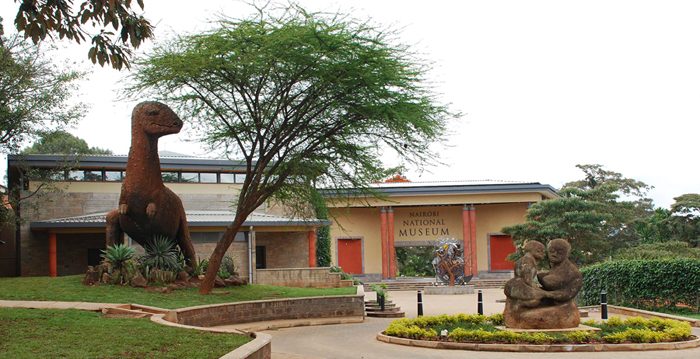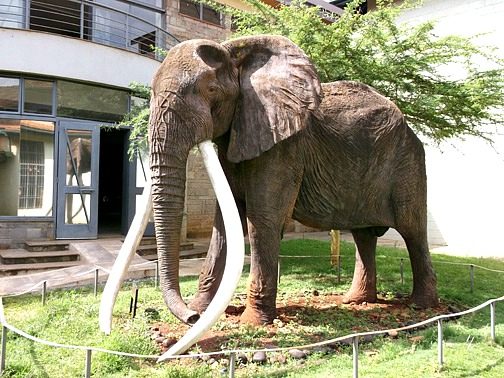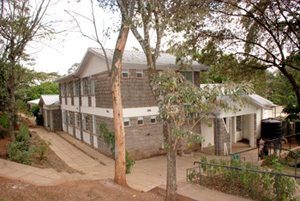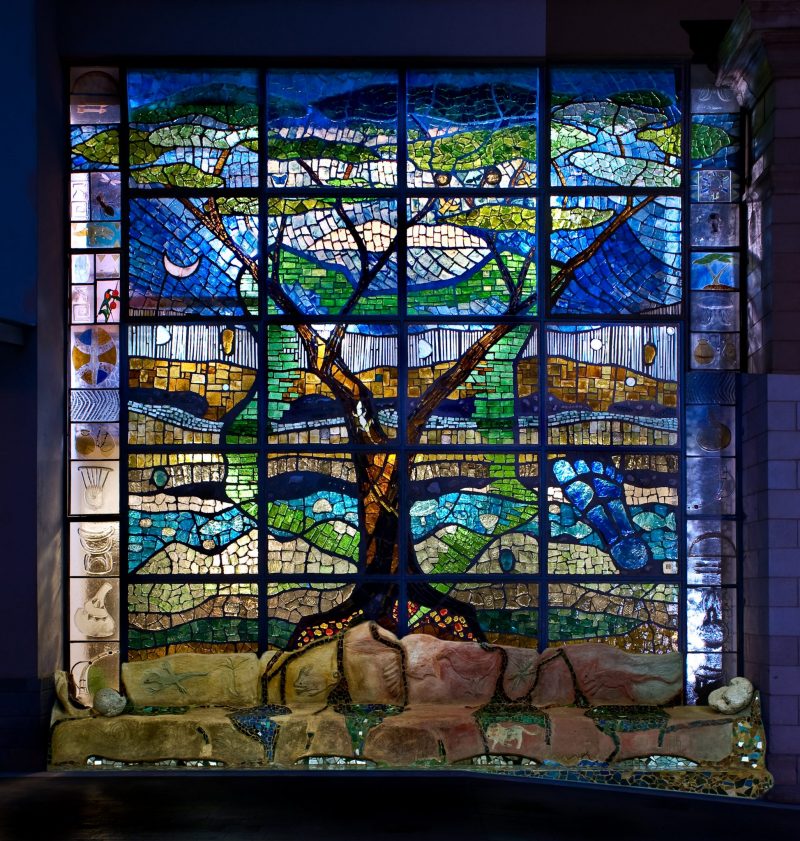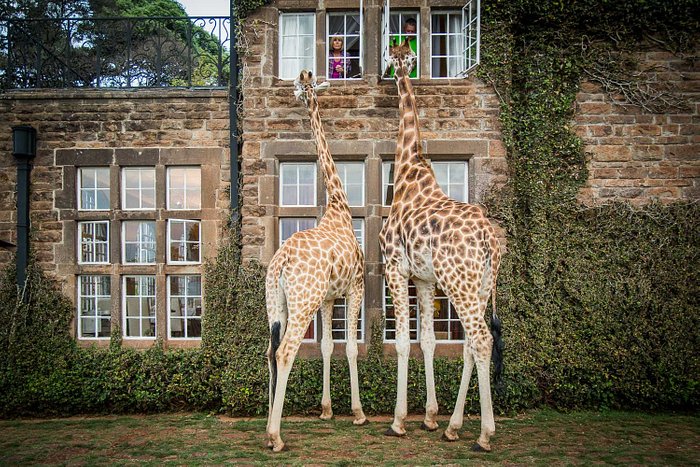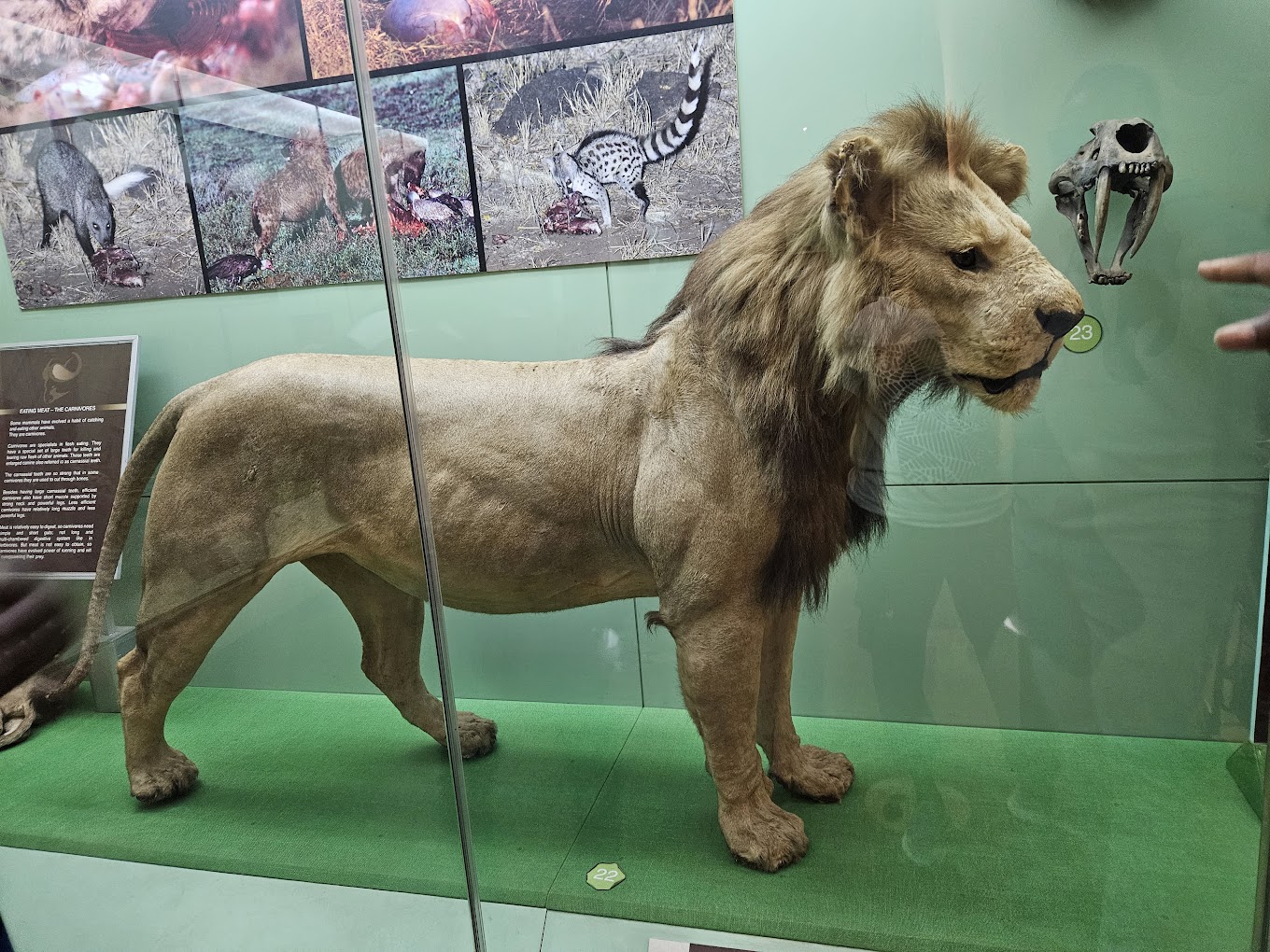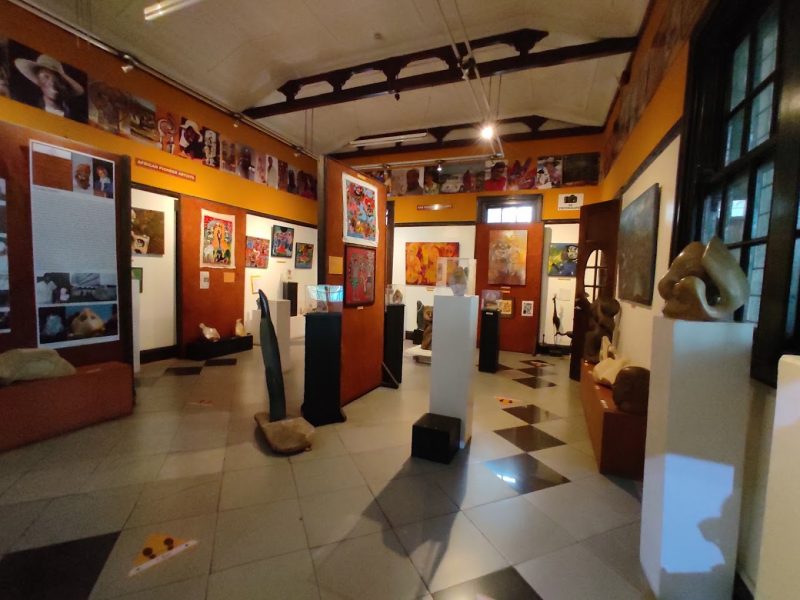Brand New National Museum Of Nairobi
In 1910, some enthusiastic naturalists and colonial settlers instigated Nairobi national museum, as we know it today, to keep their collections of various specimens. The 1st site, which was the Nyayo House, soon became too small. Hence a bigger building was constructed in 1922 which is today the Serena hotel. In 1929, the then government set aside land for the construction of a museum at Museum hill. The 22nd day of September 1930 saw the official opening of the museum. In honor of the former Governor of Kenya, Sir Robert Coryndon, they named it Coryndon Museum. Coryndon was an ardent supporter of Uganda Natural history society. But they renamed it on the attainment of independence in 1963 as the National museum of Kenya.
Extensively modernised building
During the 1990s, the museum received funding from the European Union to finance the much-needed change. But it was not until the 15th of October 2005 that the museum closed its door for an extensive expansion and modernization project. The outcome was a magnificent and impressive piece of architecture that puts it on par with other world-class museums. The refurbishment took three years. Then in June 2008, it re-opened as the world-class Nairobi National Museum. It is a beautiful building amid green, lush grounds and has an impressive collection of natural history and cultural exhibits.
Four pillars featured
The National Museum aims to offer a perfect one stop for visitors to sample Kenya’s rich heritage both for leisure and education. It houses important collections of the four pillars of the country’s national heritage i.e. nature, history, culture and contemporary art. The four pillars are evident in its entire splendor not only in the exhibitions but also in the landscaping.
Model of Ahmed
The celebrity Ahmed‘s life-sized fiberglass model is among the exhibits. Its trunk is as long as the tallest human being. Ahmed was an elephant that symbolized anti-poaching in the 1980s during the poaching crisis. Jomo Kenyatta, the first president of Kenya, placed the pachyderm under round-the-clock guard.
Historia Ya Kenya
The spiral staircase has photographs hanging from the ceiling. The photographs have perfectly captured Kenya’s history. The Historia Ya Kenya display which is upstairs is an engaging journey through the East African and Kenyan history. It is well-documented, well-presented and offers a Kenyan counterpoint to colonial historiographies.
Halls of exhibits
The Birds of East Africa exhibits is off the Hall of Kenya. The Great Hall of Mammals has dozens of stuffed mammals. You will find yourself a foot away from a lion staring straight into its eyeballs. The Cradle of Humankind exhibition is off the animals’ room. The highlight of this room is the Hominid Skull Room. It is a collection of skulls. It is the single most collection of the earliest human fossils in the world. Kenya has contributed significantly to the theory of evolution through the discoveries of fossilized human remains. Also, the cycle of life room is full of ethnological artifacts from the country’s various tribes and ethnic groups.
Popular snake park
Nairobi snake park is within the grounds of Nairobi National Museum. In 1958, there were exhibits of live snakes at the entrance of the museum for experimental purposes which later became a popular attraction. Due to the popularity, the Museum Trustees acquired some land in front of the museum for the exhibitions on live snakes. The Snake Park was opened in January 1961 to provide a facility for research on reptiles, breeding of snakes and a shelter for rescued amphibians and reptiles. It remains hugely popular with the public, researchers, educators and conservationists.
Facility underwent renovation
In 2008, the center underwent a major lift. In a bid to serve the visitors better, interactive sessions with harmless reptiles, audiovisual transmission of information on fishes and reptiles and specialized talks on the same are under way. The snake park also assists the city residents of Nairobi by giving advice on how to reduce snakebites within their homesteads. The facility has now turned into a world-class tourist destination with several nature trails, as well as picnic and educational sites. These sites provide a rich bird and fauna life.
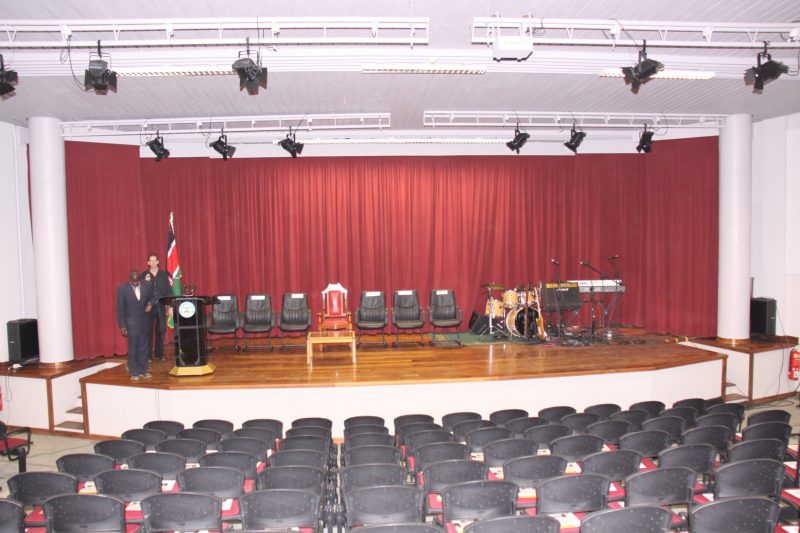
The auditorium underwent a major rehabilitation in 2008 through a project funded by the Safaricom Foundation
Louis Leakey Auditorium
In 1977, the Louis Leakey Auditorium was opened to honor the life of Louis Seymour Leakey. He was the man who enhanced our understanding of human origins through his works in East Africa. The auditorium underwent a major rehabilitation in 2008 through a project funded by the Safaricom Foundation and spearheaded by Kenya Museum Society. It resulted in an outstanding facility with the best acoustics in Eastern and Central Africa that has become a favorite for performing artists.
Unique events venue
Ever since its establishment in 1910 and its modernization in 2005, Nairobi National Museum has expanded its services and assets. It has become a regional center for research in the areas of ethnography, paleontology, biodiversity and conservation. Also, visitors to the National Museum enjoy a myriad of shopping and dining facilities. The museum is well known as a venue for unique events such as workshops, conferences, cocktails, corporate functions, product launches and much more. It also organizes short-term courses in the preservation and promotion of both natural and cultural heritage.
National flagship museum
Today, it is the flagship museum for all the National Museums of Kenya. It is open throughout the year and is located at the Museum Hill which is approximately a 10-minute drive or a 15-minute walk from the Nairobi city center accessible both by private and public means. The entry fee for citizens is Kshs.100/- and for foreigners Kshs. 1,200/-. It continues to draw visitors from all over the world in appreciation of the country’s rich heritage.
5 Frequently Asked Questions About Nairobi National Museum
To receive a colourful digibook about Museum with videos, images and text, please fill out the following form or simply email us on safaris@safari-center.com

